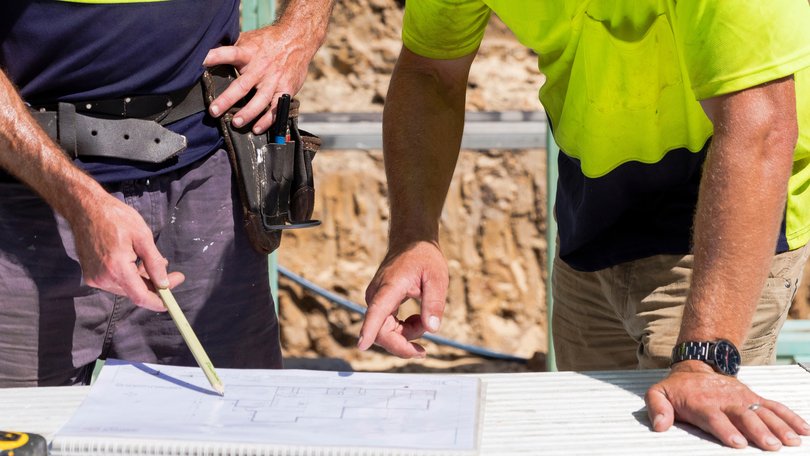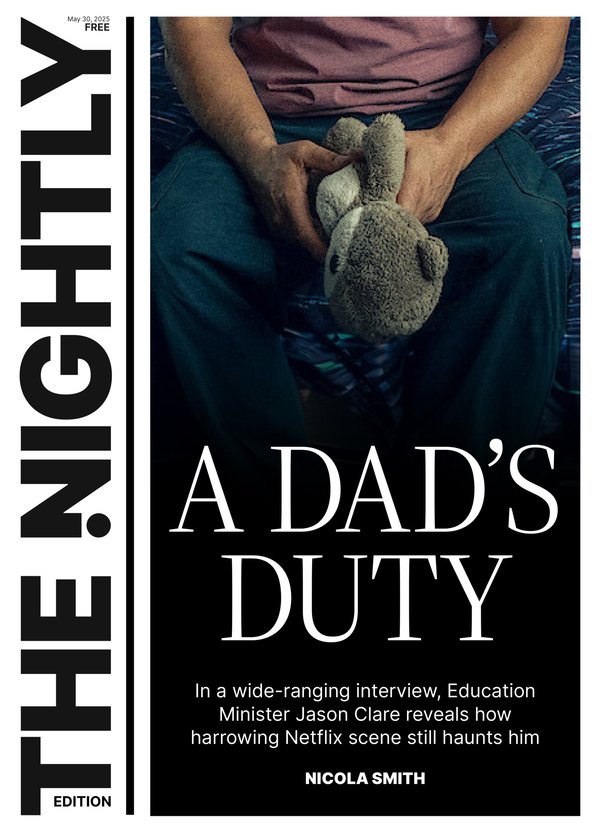Apartment approvals slide depresses total number of houses signed off in April, ABS data shows

A steep fall in demand for apartments depressed the total number of dwellings approved in April, with industry warning the numbers will need to pick up to meet housing targets.
Fresh data from the Australian Bureau of Statistics showed private attached dwellings fell 19 per cent to 4999 — the weakest result since September 2024 — on the back of a “normalisation” in apartment approvals.
The total number of new dwellings approved fell 5.7 per cent to 14,633, according to the seasonally adjusted data released on Friday.
Sign up to The Nightly's newsletters.
Get the first look at the digital newspaper, curated daily stories and breaking headlines delivered to your inbox.
By continuing you agree to our Terms and Privacy Policy.NSW (-7.8 per cent) and Victoria (-6.5 per cent) had the steepest falls for total dwelling approvals, while Tasmania (12.7 per cent), WA (9.6 per cent) and South Australia (9.5 per cent) continued to gain.
Oxford Economics Australia lead economist Maree Kilroy said the fallback in apartments was not a shock.
“We have been expecting a normalisation from the strong start to the year,” she said.
But the Property Council of Australia warned apartment approval numbers needed to pick up.
“While apartment approval numbers are volatile, this is two months in a row of significant falls,” said Matthew Kandelaars, the group’s executive of policy and advocacy.
“Just 5612 apartments were approved in March and April. This is a far cry from the 15,029 green-lit during March and April in the apartment boom of 2016.
“We will not meet our housing targets without the heavy lifting that needs to come from apartments that can deliver homes at scale close to transport, existing infrastructure and amenities.
Australia must build more than 20,000 homes each month to reach the Federal Government’s National Housing Accord target of 1.2 million new homes by 2029.
The ABS showed a different story for national private house approvals, which gained 3.1 per cent to 9349 off the soft result in March.
NSW and Queensland drove the gains, while other major States held relatively flat.
Ms Kilroy said a number of policy supports for housing — including social housing stimulus and low deposit loans — were in place and would help to boost supply.
However, she said it would take time to reflect in dwelling approvals figures.
“Additional support is likely from the RBA,” she said.
“Two more cash rate cuts are forecast before the end of the year that will further support mortgage affordability and project feasibilities. However, it usually takes about year for lower mortgage interest rates to support approval volumes.”
